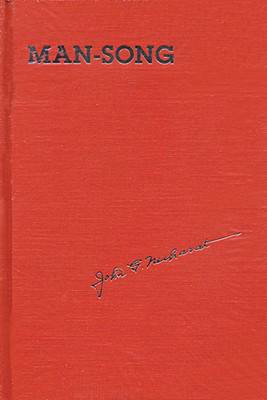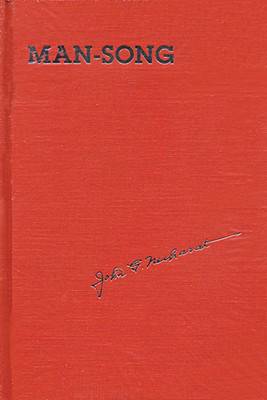
- Afhalen na 1 uur in een winkel met voorraad
- Gratis thuislevering in België vanaf € 30
- Ruim aanbod met 7 miljoen producten
- Afhalen na 1 uur in een winkel met voorraad
- Gratis thuislevering in België vanaf € 30
- Ruim aanbod met 7 miljoen producten
Zoeken
Omschrijving
Originally published just months after his marriage to Mona Martinsen, the poems collected in Man-Song celebrate passionate love and offer many personal glimpses of the young John Neihardt. Unashamedly erotic, they reveal his capacity for love at age twenty-eight. Poems like "A Vision of Woman" and "Women-Wine" show the lover's prejudices and greedy need for caresses and strong embraces. Those like "To Volney Streamer" are addressed to male friends and anticipate the theme of male bonding that runs throughout his work. Because passion takes various forms, Man-Song also include lyrics of the warrior little like the war chants Neihardt later learned from Plains Indians. "Battle Cry," a poem that was recited by Clarence Darrow and Samuel Gompers, is an example of the fighting songs current in the European avant-garde preceding World War I. Neihardt was beginning his struggle to reconcile the demands of the robustly physical life with spiritual insight. His love poems for the American West were still to come, but in Man-Song he is already exploring the vast tract between the essentially erotic and the divine that would be cultivated in his later work. This edition is the first complete reprinting of the work since 1909.
Specificaties
Betrokkenen
- Auteur(s):
- Uitgeverij:
Inhoud
- Aantal bladzijden:
- 117
- Taal:
- Engels
Eigenschappen
- Productcode (EAN):
- 9780803233324
- Verschijningsdatum:
- 1/09/1992
- Uitvoering:
- Hardcover
- Formaat:
- Genaaid
- Afmetingen:
- 139 mm x 212 mm
- Gewicht:
- 263 g

Alleen bij Standaard Boekhandel
+ 152 punten op je klantenkaart van Standaard Boekhandel
Beoordelingen
We publiceren alleen reviews die voldoen aan de voorwaarden voor reviews. Bekijk onze voorwaarden voor reviews.











